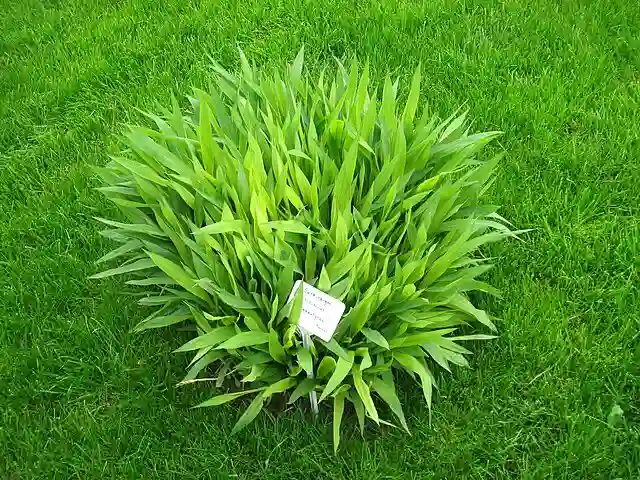A Gardener’s Guide to the Alluring Cleveland Sage (Salvia clevelandii)
For years, I’ve been captivated by the vibrant tapestry of California’s native flora. One plant that consistently steals the show is the Cleveland Sage (Salvia clevelandii). This aromatic shrub erupts in a symphony of lavender-blue blooms, attracting a buzzing chorus of pollinators and bringing a touch of the Californian wild to any garden.
Having successfully cultivated Cleveland Sage in my own garden, I’m eager to share its allure and offer practical tips for fellow gardening enthusiasts.
1050 Species in Genus Salvia
How to plant and care for Cleveland Sage?
Planting Cleveland Sage is a breeze. These beauties thrive in well-drained soil and full sun, making them ideal for hot, dry climates. They’re surprisingly low-maintenance, requiring minimal watering once established. In fact, their native habitat – the California coastal sage scrub – receives most of its moisture from winter rains.
Here are some key things to remember when planting your Cleveland Sage:
- Soil: Opt for sandy or loamy soil with good drainage. Amending clay-heavy soil with sand or compost is recommended.
- Watering: Water deeply during the first year to establish the root system. After that, rainfall should suffice in most climates.
- Light: Full sun is ideal for abundant blooms. However, they can tolerate some afternoon shade in hotter regions.
How Big Are Salvia Clevelandii?
Cleveland Sage can reach a mature height of 3-5 feet, with an equal spread. Their arching branches create a rounded, bushy form, adding a touch of informality to your garden beds.
Can You Prune Salvia clevelandii?
Absolutely! Pruning not only helps maintain the desired size and shape of your Cleveland Sage but also encourages bushier growth and even more blooms. Prune lightly after flowering has finished in late summer or early fall. Cut back spent flower stalks and remove any leggy or unwanted branches.
Here’s a quick tip: Don’t be afraid to prune more heavily if your Cleveland Sage becomes overgrown. They’re quite resilient and will bounce back beautifully the following season.
What to Plant With Cleveland Sage?
Cleveland Sage is a fantastic companion plant for other drought-tolerant California natives. Here are a few ideas to inspire your garden design:
- California Lilac (Ceanothus): The vibrant purple blooms of the California Lilac complement the blue tones of the Cleveland Sage beautifully.
- California Poppy (Eschscholzia californica): A cheerful burst of orange poppies adds a touch of whimsy to the sage’s more formal presence.
- Deer Grass (Muhlenbergia rigens): The graceful, swaying plumes of deer grass provide an interesting textural contrast to the Cleveland Sage’s bushy form.
Beyond Beauty: The Allure of Cleveland Sage
Beyond its undeniable visual appeal, Cleveland Sage offers a delightful sensory experience. Its leaves release a wonderful fragrance when brushed against, reminiscent of a combination of sage and rosemary. This makes it a lovely addition to your herb garden, not just for aesthetics but for occasional culinary use.
Furthermore, Cleveland Sage is a haven for pollinators. Hummingbirds, butterflies, and bees all flock to its nectar-rich flowers, adding a touch of life and movement to your garden.
Bringing a Touch of California Magic to Your Garden
The Cleveland Sage is a captivating plant that offers a multitude of benefits. With its easy-going nature, stunning blooms, and pollinator-friendly charm, it’s a welcome addition to any garden. So, if you’re looking for a touch of California magic in your own backyard, consider planting a Cleveland Sage. You won’t be disappointed.
If i die, water my plants!


